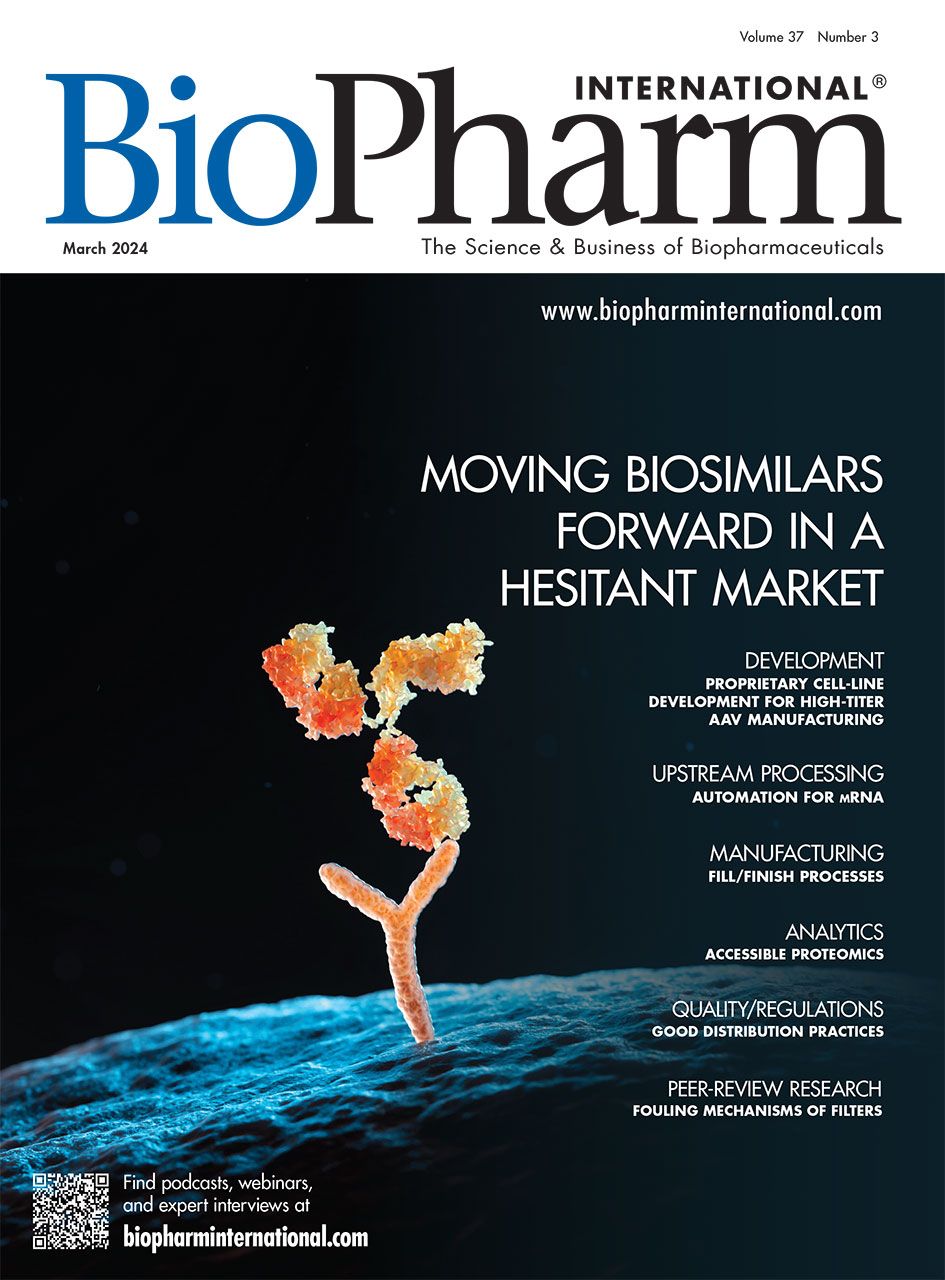First in Line on Catalent’s Line
While Catalent’s acquisition is definitely about making drugs, it’s also very much about making money.
High Angle Shot of a Working Desk of an Successful Person in Office with Cityscape Window View. | Image credit: © Gorodenkoff - stock.adobe.com

Novo Holdings’ acquisition of Catalent, in retrospect, was entirely logical (1). We are tempted to see echoes of Thermo Fisher’s buyout of Patheon, or Lonza’s swallowing of capsule maker Capsugel. But this situation is different. Catalent makes significant production of Novo’s Ozempic and Wegovy, but also Lilly’s Mounjaro and Zepbound. And while Catalent’s acquisition is definitely about making drugs, it’s also very much about making money.
Making money takes various forms—taking away a competitor’s capacity to do so is doubtless one of the more intriguing variants. David Ricks, Lilly’s chief executive, was quoted as saying, “the reality is there just isn’t built capacity that’s available. These are technically complex facilities, there’s not an infinite number of people who know how to set them up. And the supply chain for the machines that make the products is also constrained” (2).
An interesting ironic side note is that Catalent has had a checkered compliance past. FDA visited the company’s Brussels plant in October 2021 and August 2022. Reuters reported that “inspectors said the lapses at the plant … represented the most serious form of violations, according to the reports, which show Catalent shut the facility down twice between the two inspections” (3). Reuters goes on to say, “at a meeting with Novo executives in May, two investors out of a group of about five expressed concerns about the choice of Catalent as manufacturing partner, citing the contractor’s history of compliance issues with FDA, according to one of the shareholders who was present. The investor, who declined to be named due to the sensitivity of the matter, said Novo’s Chief Financial Officer Karsten Munk Knudsen had responded by saying that, in hindsight, the company may have made a mistake in choosing Catalent and was now tightly overseeing the firm’s filling operations of Wegovy in Brussels” (3).
Novo Nordisk and Eli Lilly are spending heavily to boost their manufacturing capacity. “That could help them fend off competition from specialized pharmacies that are making generic versions of semaglutide and tirzepatide, an option created by the FDA designating the drugs in shortage” (2). Nevertheless, Anat Ashkenazi, Lilly’s chief financial officer, said, “we intend on holding Catalent accountable to their contract with us” (2). Given new ownership, its uncertain if Lilly will be first in line, on the production line.
References
- Catalent. Novo Holdings to Acquire Catalent. Press Release. Feb. 5, 2024.
- Gilbert, D. Makers of Ozempic, Mounjaro Race to Meet Demand for Weight-loss Drugs. The Washington Post. Feb. 8, 2024.
- Fick, M. Insight: Wegovy Weight-loss Injection Factory Plagued by Sterile-safety Failures.Reuters. July 27, 2023.
About the Author
Mike Hennessy Jr. is the President and CEO of MJH Life Sciences®.
Article Details
BioPharm International
Volume 37, No. 3
March 2024
Page 6
Citation
When referring to this article, please cite it as Hennessy, M. First in Line on Catalent’s Line. BioPharm International 2024 37 (3) 6.

VERAXA and Voyager to Create Combined Business for Advancing Pipeline of Next-Gen Cancer Therapies
April 23rd 2025The proposed business combination would create a publicly traded, clinical-stage biopharmaceutical company that will focus on developing a pipeline of next-generation cancer therapies.
Tokyo University of Science Research Team Explores Improved Delivery of Antisense Oligonucleotides
April 18th 2025Using cholesterol-modified oligonucleotides, the research team aims to improve the delivery of antisense nucleotide-based therapies for treating neurodegenerative diseases and brain cancers.